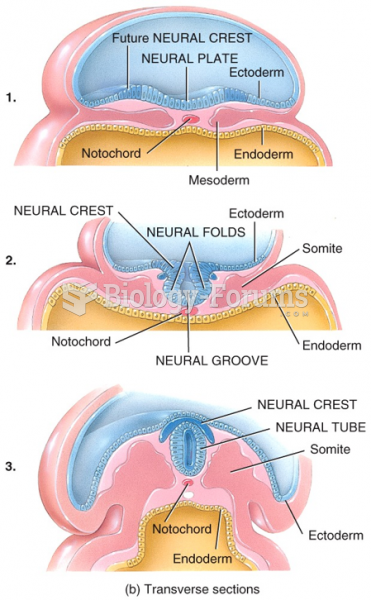Answer to Question 1
Answer: Planning on multistep tasks improves over the school years. On tasks with multiple parts, older children make decisions about what to do first and what to do next in a more orderly fashion. By the end of middle childhood, children engage in advance planningevaluating an entire sequence of steps to see if it will get them to their goal. Nine- and 10-year-olds can project ahead, predicting how early steps in their plan will affect success at later steps and adjust their overall plan accordingly. Children learn much about planning from collaborating with more expert planners. With age, they take more responsibility in these joint endeavors, such as suggesting planning strategies and organizing task materials. The demands of school tasksand parents and teachers explanations of how to plancontribute to gains in school-age childrens planning. But adult-controlled activities may rob children of opportunities to plan. In one study, researchers videotaped small groups of first and second graders devising plays they would perform for their class. Some groups were child-led, whereas others were led by adult volunteers. Child-led groups engaged in extensive planning, brainstorming themes and working out the details of their plays. But when adults planned the play in advance, the children spent most of their time in nonplanning pursuits, such as rehearsing lines. The adults missed a rich opportunity to scaffold planning by turning over responsibility for it to the children and guiding and supporting, as needed.
Answer to Question 2
Answer: Sternbergs triarchic theory of successful intelligence identifies three broad, interacting intelligences: (1) analytical intelligence, (2) creative intelligence, and (3) practical intelligence. Intelligent behavior involves balancing all three intelligences to achieve success in life according to ones personal goals and the requirements of ones cultural community.
Analytical intelligence: Analytical intelligence consists of the information-processing skills that underlie all intelligent acts: executive function, strategic thinking, knowledge acquisition, and cognitive self-regulation. But on intelligence tests, processing skills are used in only a few of their potential ways, resulting in far too narrow a view of intelligent behavior.
Creative intelligence: In any context, success depends not only on processing familiar information but also on generating useful solutions to new problems. People who are creative think more skillfully than others when faced with novelty. Given a new task, they apply their information-processing skills in exceptionally effective ways, rapidly making these skills automatic so that working memory is freed for more complex aspects of the situation. Consequently, they quickly move to high-level performance. Although all of us are capable of some creativity, only a few individuals excel at generating novel solutions.
Practical intelligence: Finally, intelligence is a practical, goal-oriented activity aimed at adapting to, shaping, or selecting environments. Intelligent people skillfully adapt their thinking to fit with both their desires and the demands of their everyday worlds. When they cannot adapt to a situation, they try to shape, or change, it to meet their needs. If they cannot shape it, they select new contexts that better match their skills and goals. Practical intelligence reminds us that intelligent behavior is never culture-free. Children with certain life histories do well at the behaviors required for success on intelligence tests and adapt easily to the testing conditions and tasks. Others, with different backgrounds, may misinterpret or reject the testing context. Yet such children often display sophisticated abilities in daily lifefor example, telling stories, engaging in complex artistic activities, or interacting skillfully with other people.
The triarchic theory highlights the complexity of intelligent behavior and the limitations of current intelligence tests in assessing that complexity. According to Sternberg, intelligence tests, devised to predict achievement in school, do not capture the intellectual strengths that many children acquire through informal learning experiences in their cultural communities.







